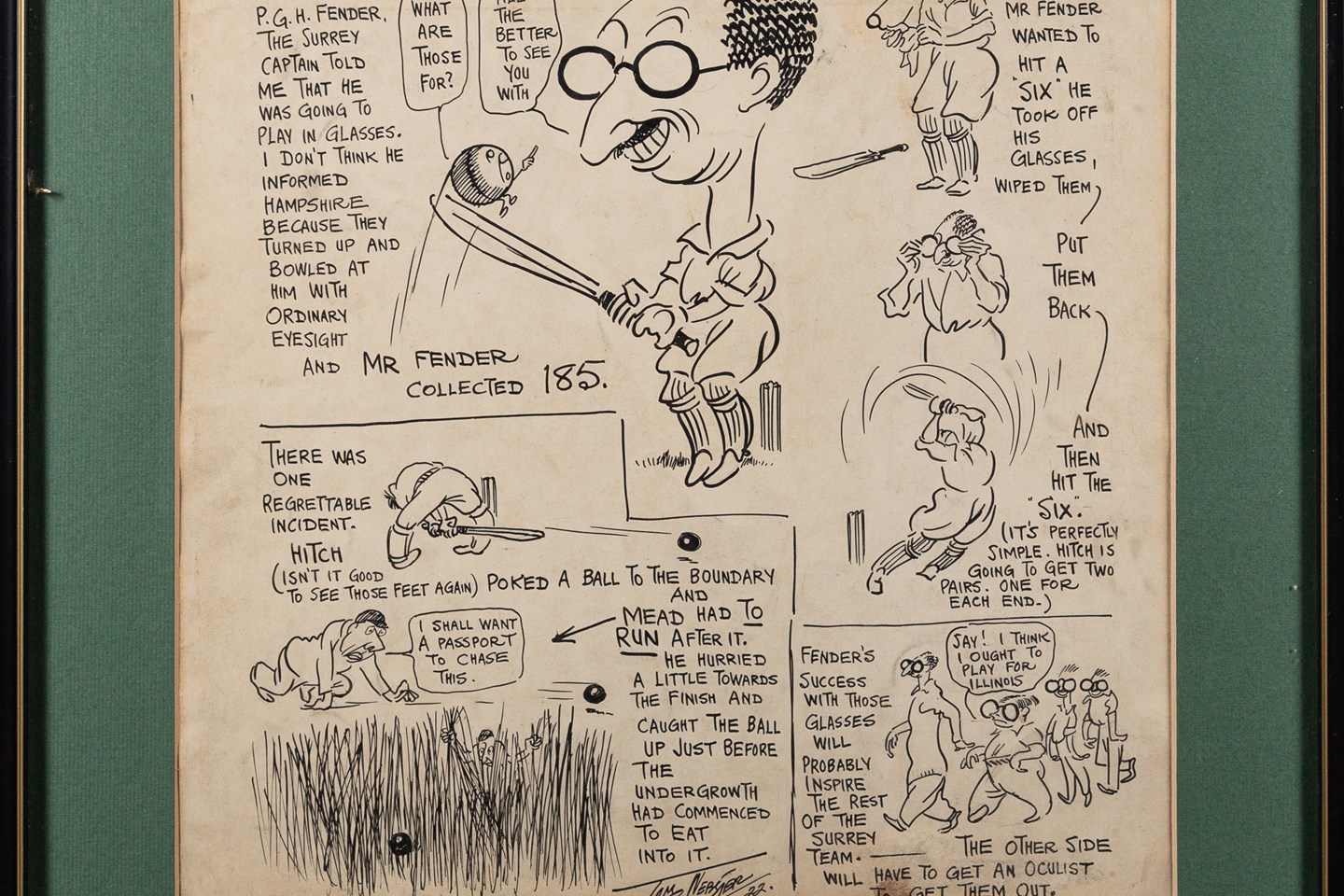
An Anglo-Indian Carved and Stained Hardwood, probably Padouk, Card Table, Second Quarter 19th Century (FS53/1621).
The British possession of the Indian subcontinent which lasted for 100 years under the auspices of the East India Company, and then for another century under the British Crown, is looked back on as a time when humanity, fairness and respect to the existing cultures were very often surrendered up to blatant rapacity and wealth making through empire building. The Company days, in particular, have been shown to have been unashamedly mercenary times.
It is therefore important to illustrate those brighter moments of cross-cultural understanding which did occur, when those glimmers of light can be identified. One of those is definitely the emergence during the later 18th century of what came to be known as Anglo Indian furniture. This furniture was made originally entirely to order, predominantly for British political and military officers whose stay in India was to be long enough to require proper domestic furnishings. They wanted their furniture to be like it was at home, and they described what they wanted to local furniture makers and craftsmen. The Indian artisans saw these commissions through their own cultural lens, and whilst sticking to the basic requested requirements of dimension, shape and form, often embellished their work with very un-English mythical creatures, stylised foliage, sun bursts and other fantastical vernacular adornments.

An Anglo Indian Carved and Stained Hardwood Circular Occasional Table, Bombay Presidency, Last Quarter 19th Century (FS53/1624).

An Anglo-Indian Carved and Stained Hardwood, probably Padouk, Sideboard, 'Possibly Southern India', Second Quarter 19th Century (FS53/1627).
They also utilised the timbers and the metalware that were available to them, and these, of course, differed from the norms of British cabinet making – padouk and rosewood becoming popular alternatives; as well as using differing construction methods and joints to actually fabricate the pieces.
The results were functional and recognisably British in form, and yet also exotic – almost outlandish to the British eye. Four such pieces were sold in the recent Spring Fine Quarterly auction at Bearnes, Hampton & Littlewood; the card table, occasional table, sideboard and cabinet bookcase illustrated here, all taking the very accepted forms of Regency England, but interpreted into wonderful local works of art – the Makaras (sea monsters) on the sideboard gallery are particularly noteworthy.
Given the age, the timber quality and the artistic merit of these pieces, (a virtually identical sideboard is held at the V&A in London), they are surprisingly affordable.

An Anglo-Indian Hardwood, probably Padouk, and Glazed Cabinet Bookcase, Second Quarter 19th Century (FS53/1628).
- Bearnes Hampton & Littlewood
- Anglo Indian Furniture
Anglo Indian Furniture was published on 27th May 2022.








